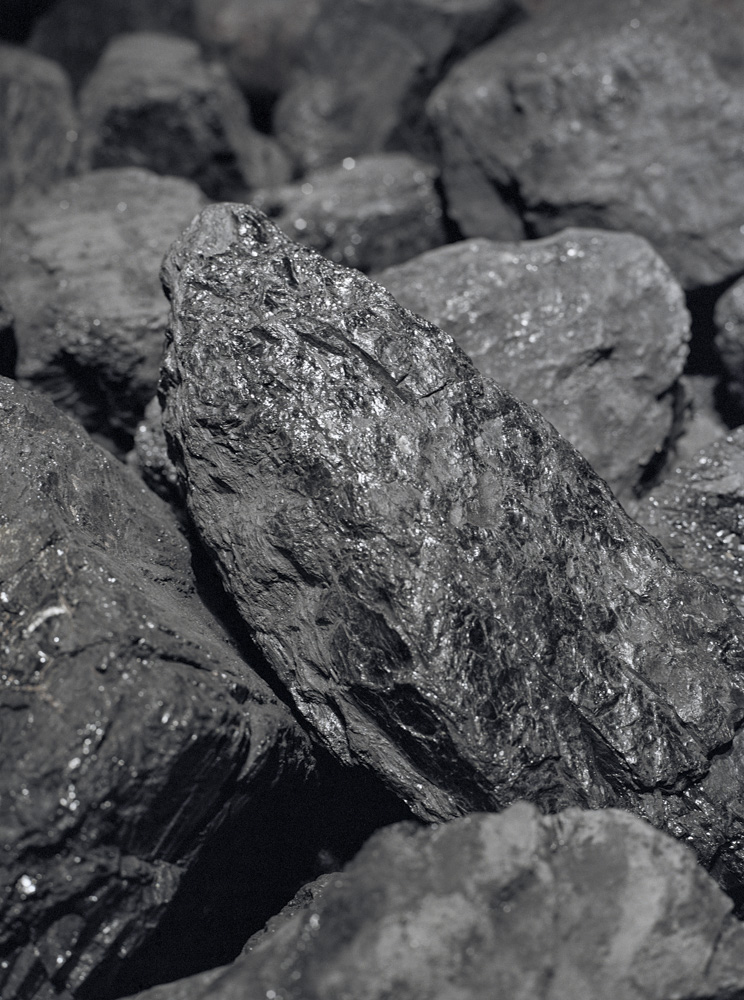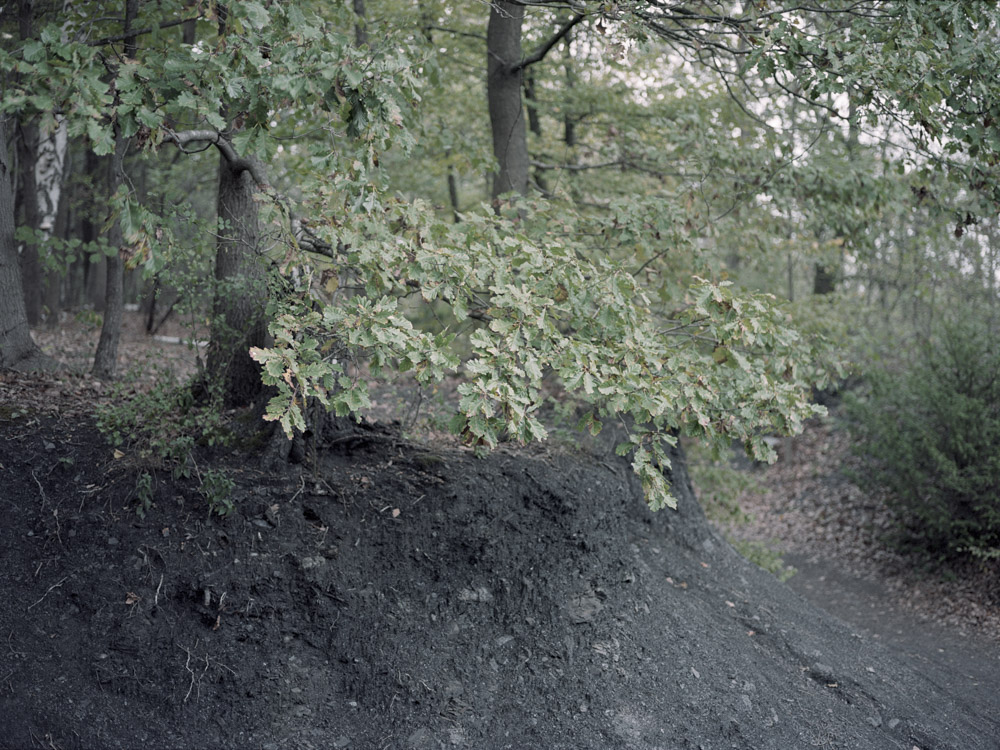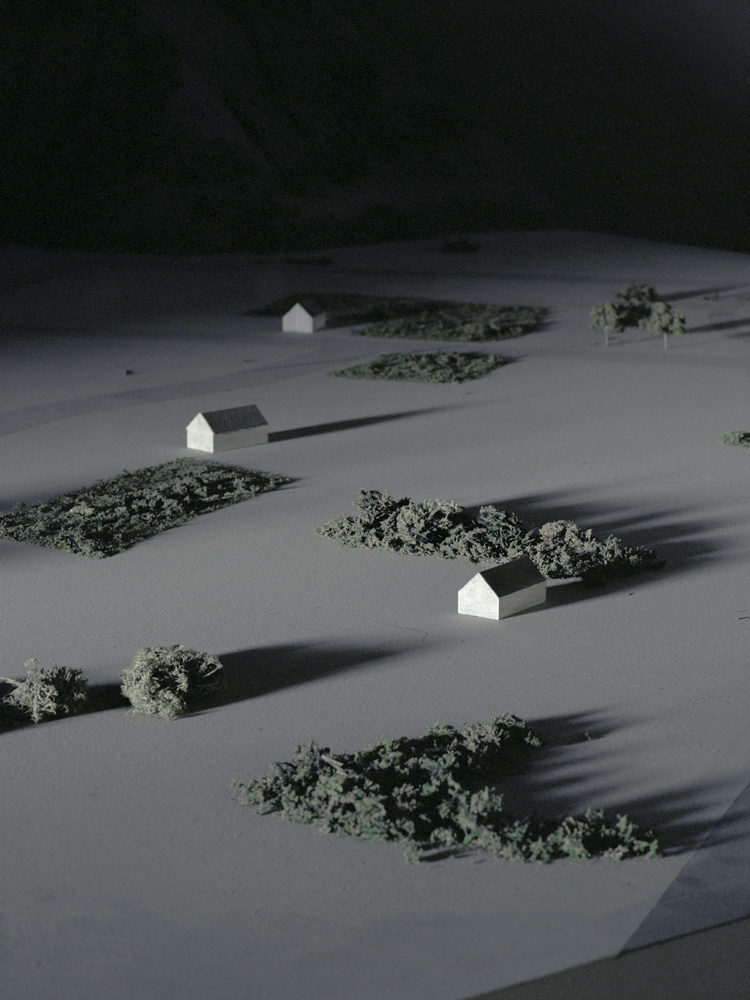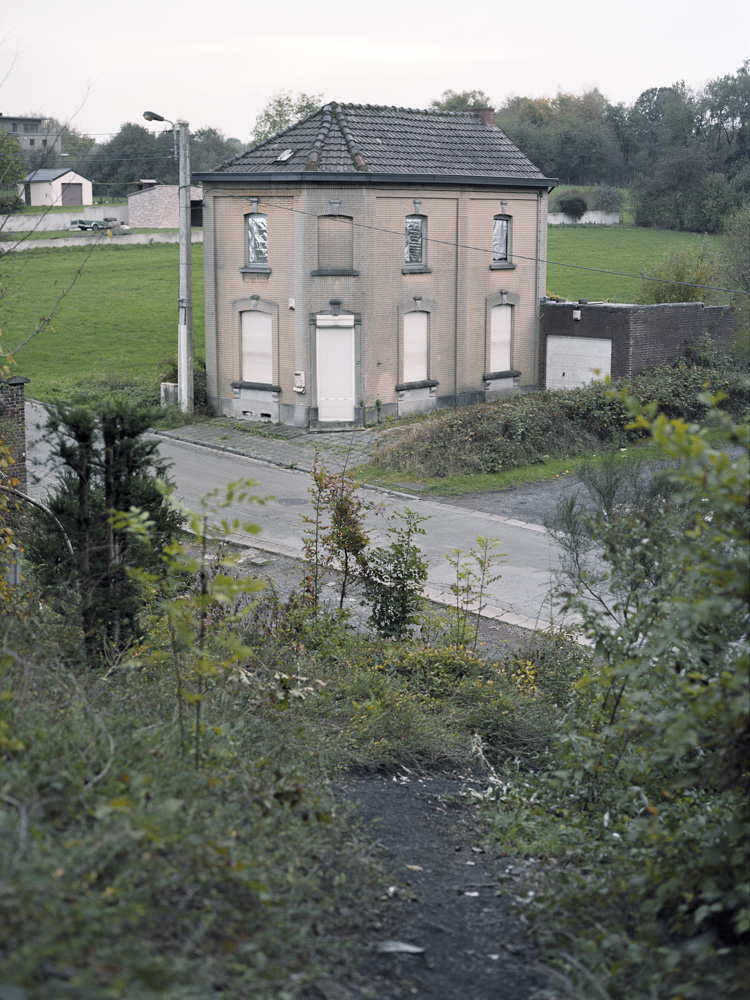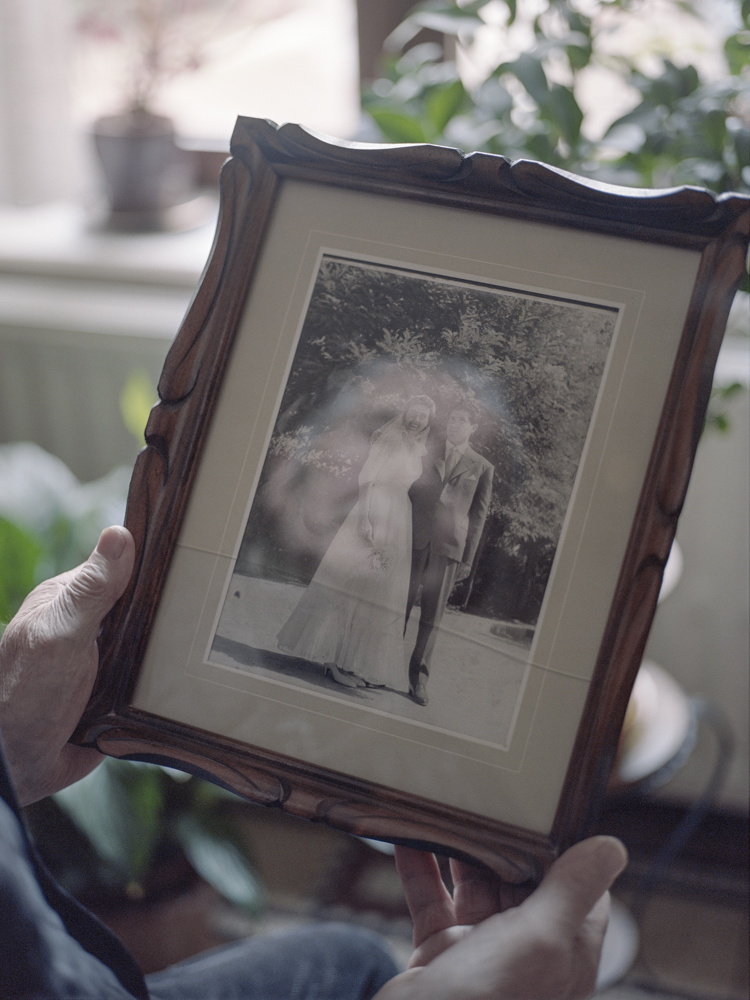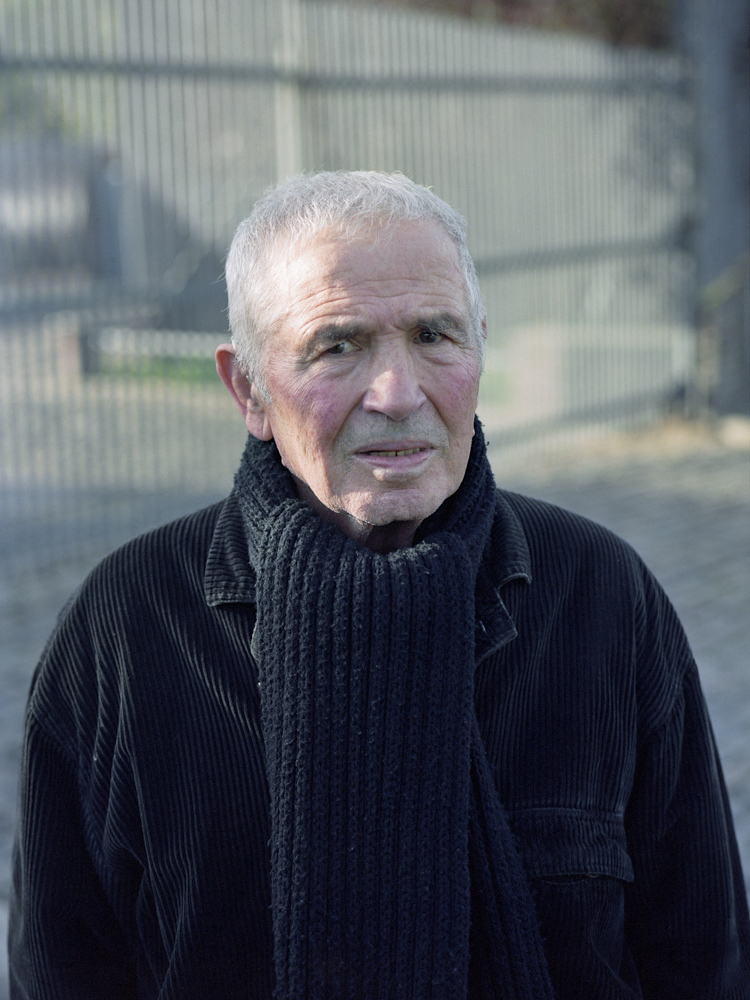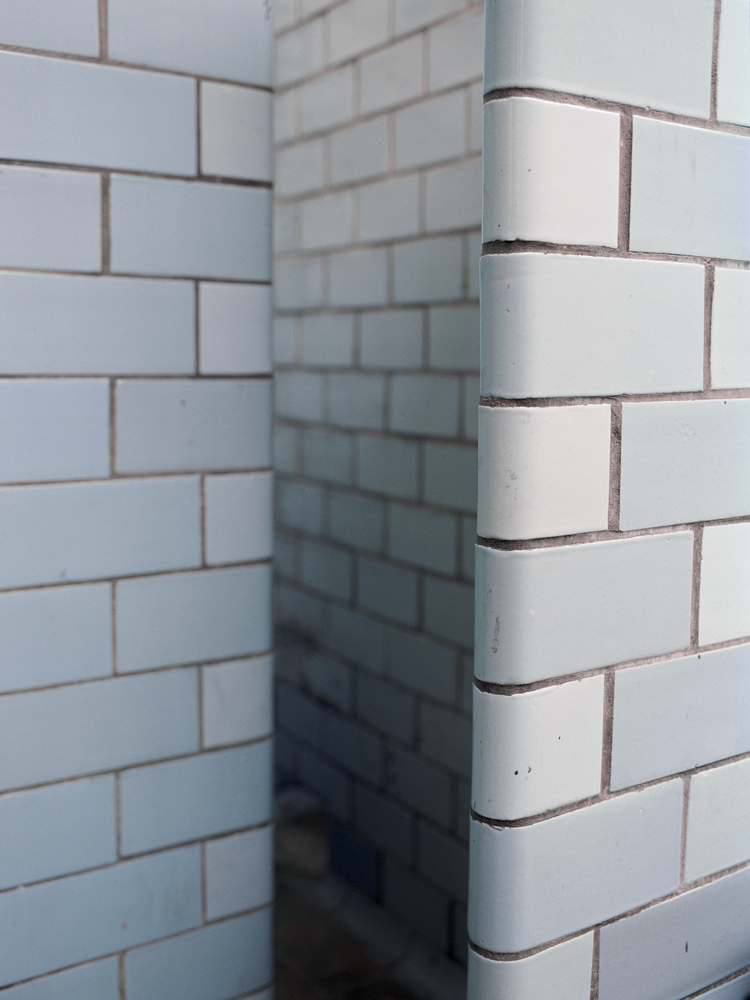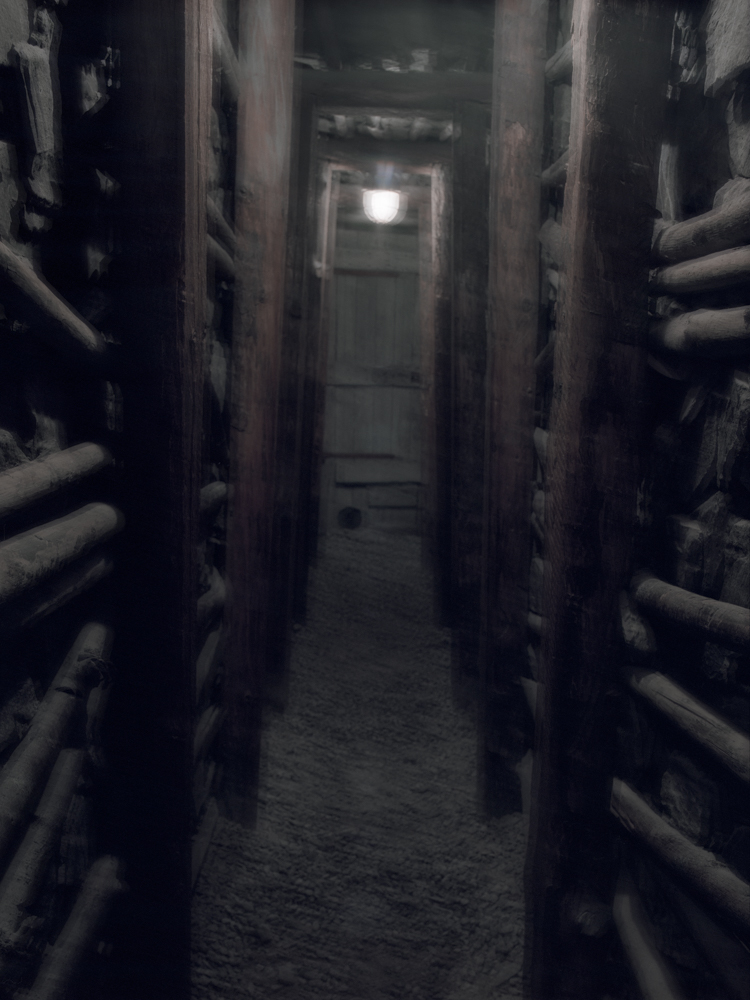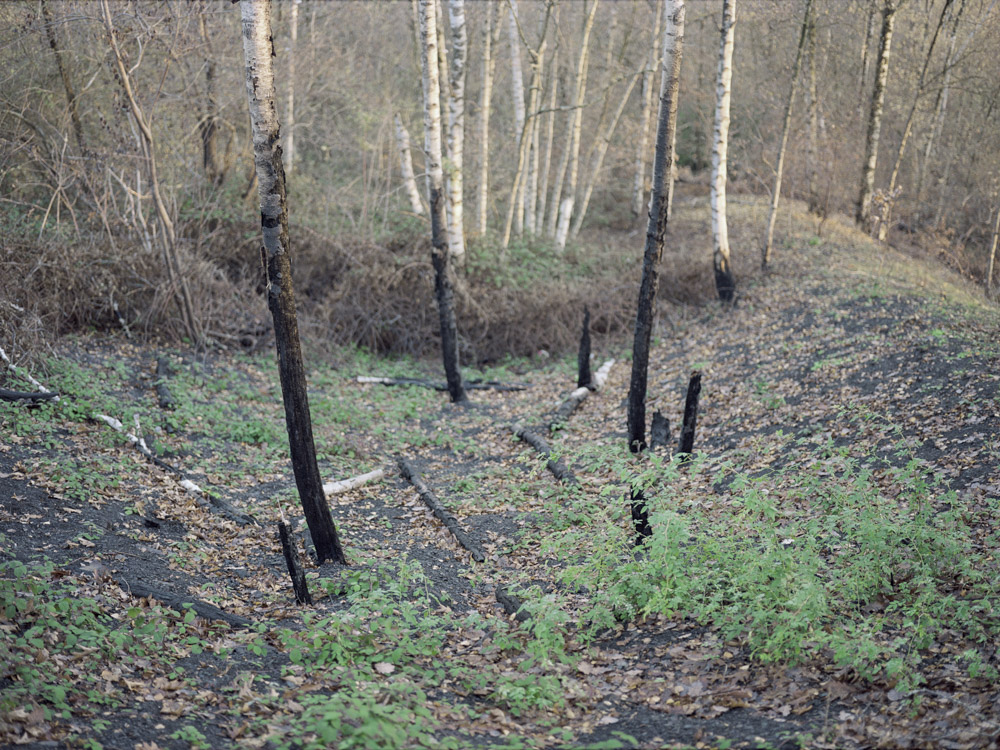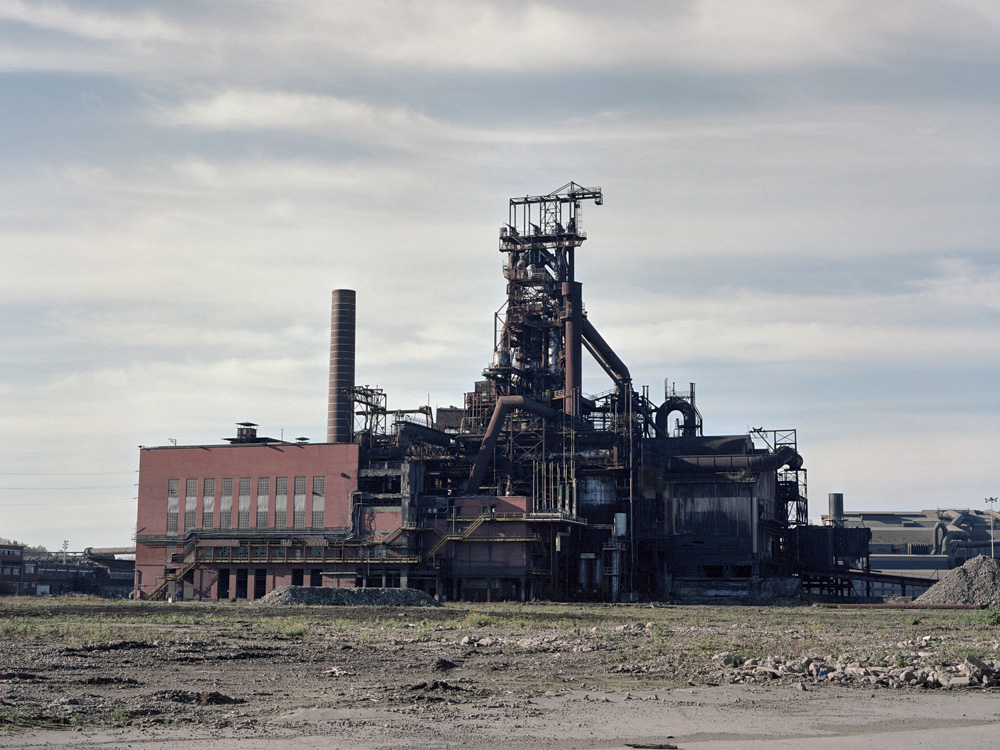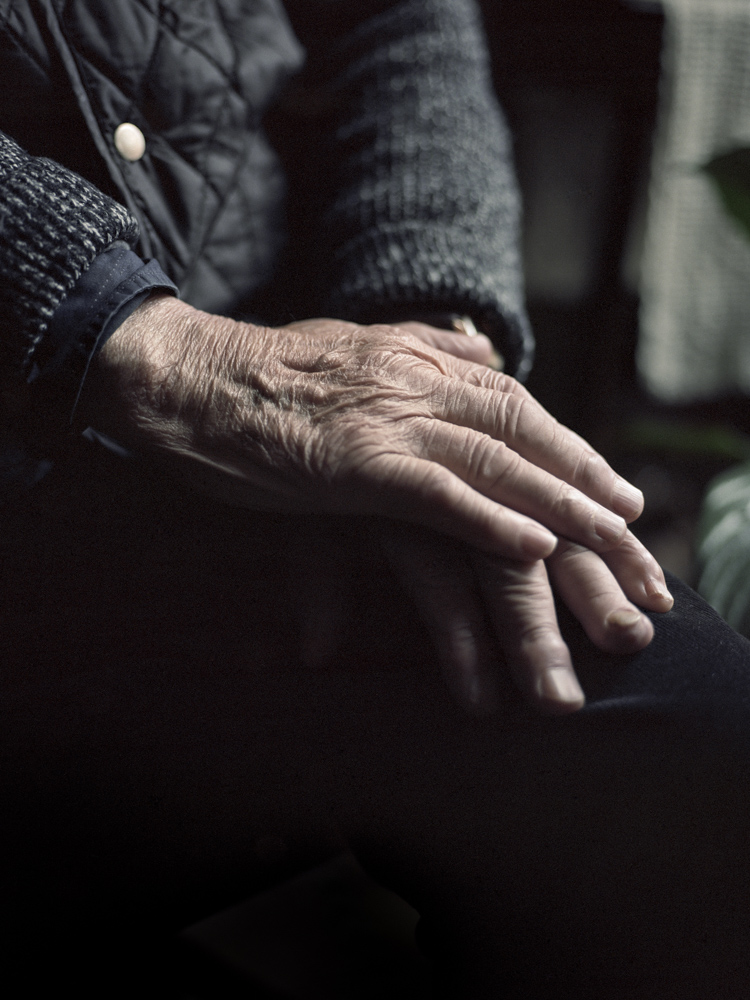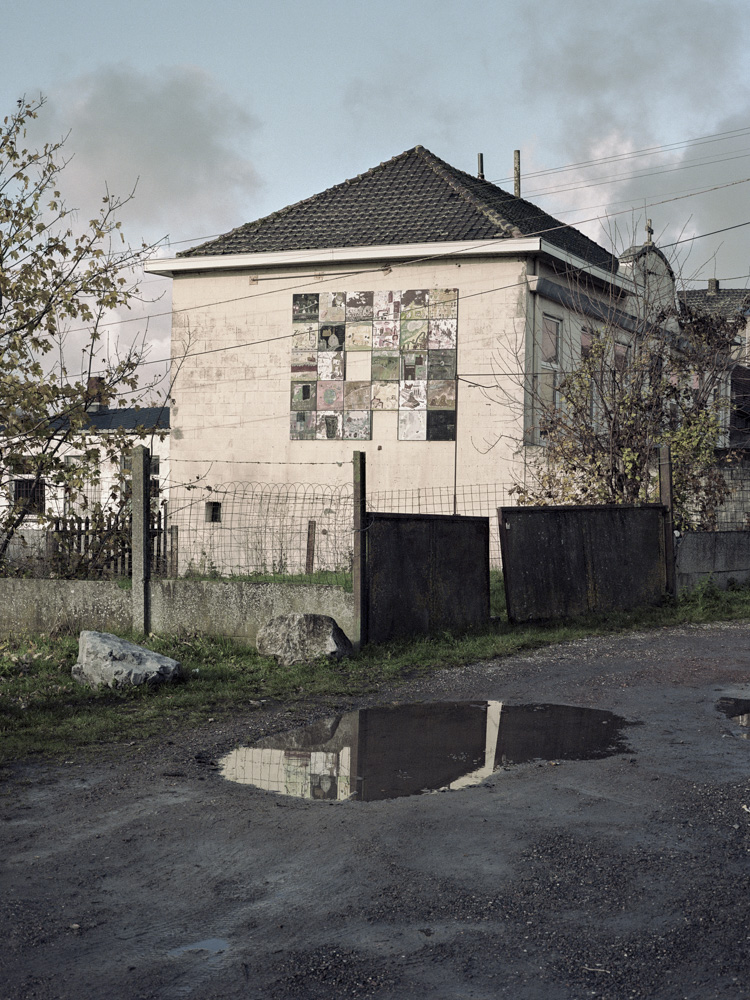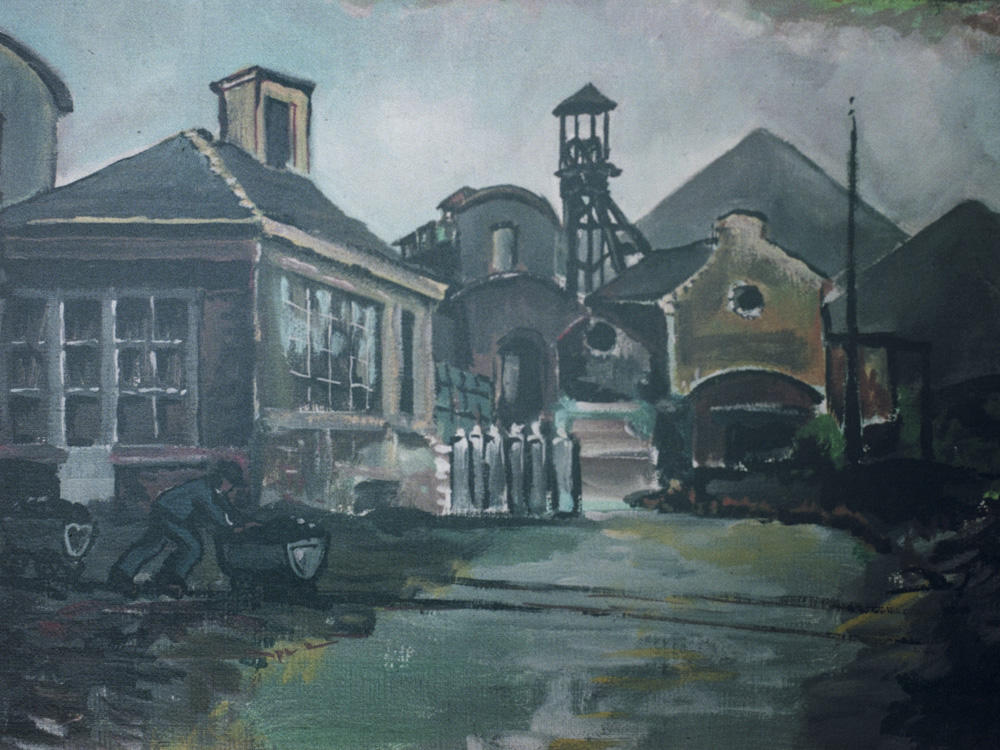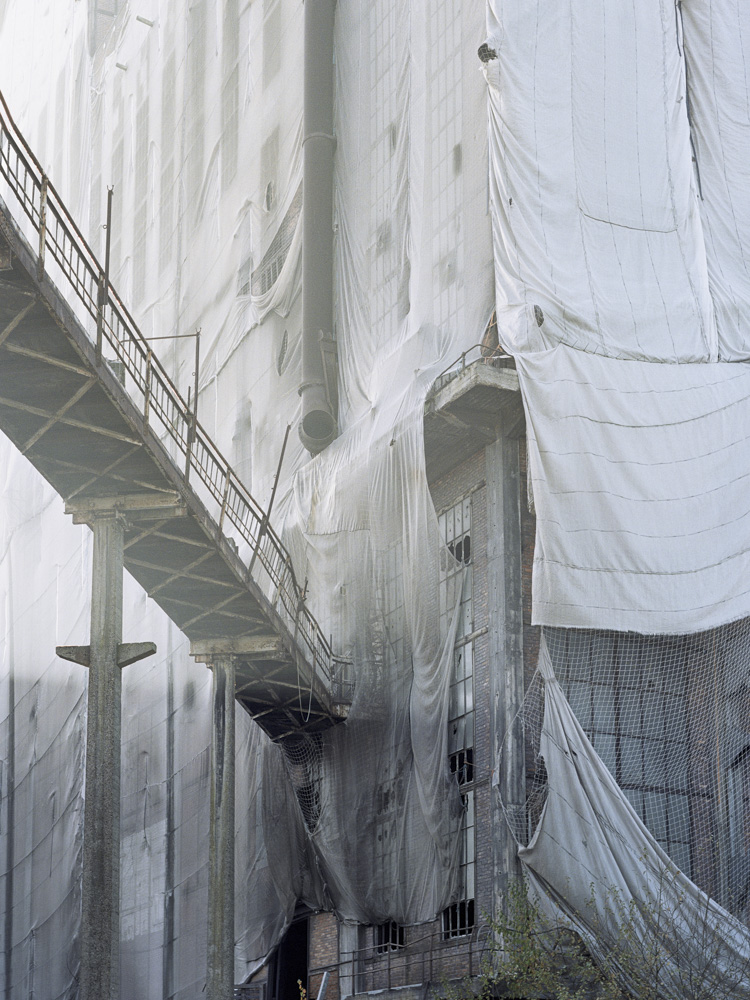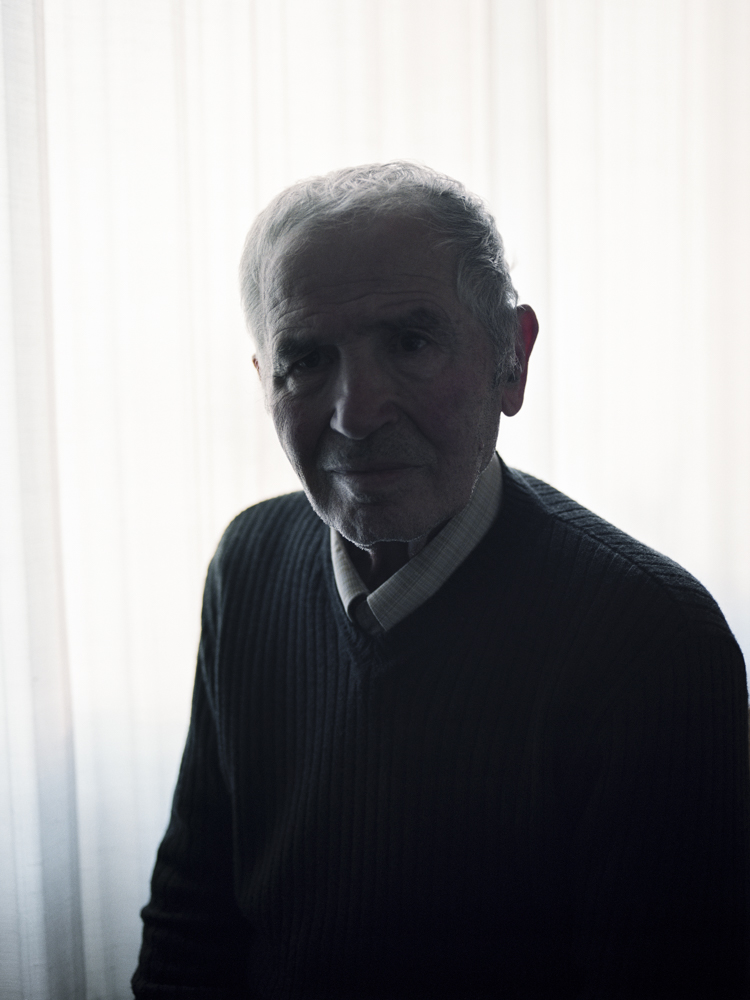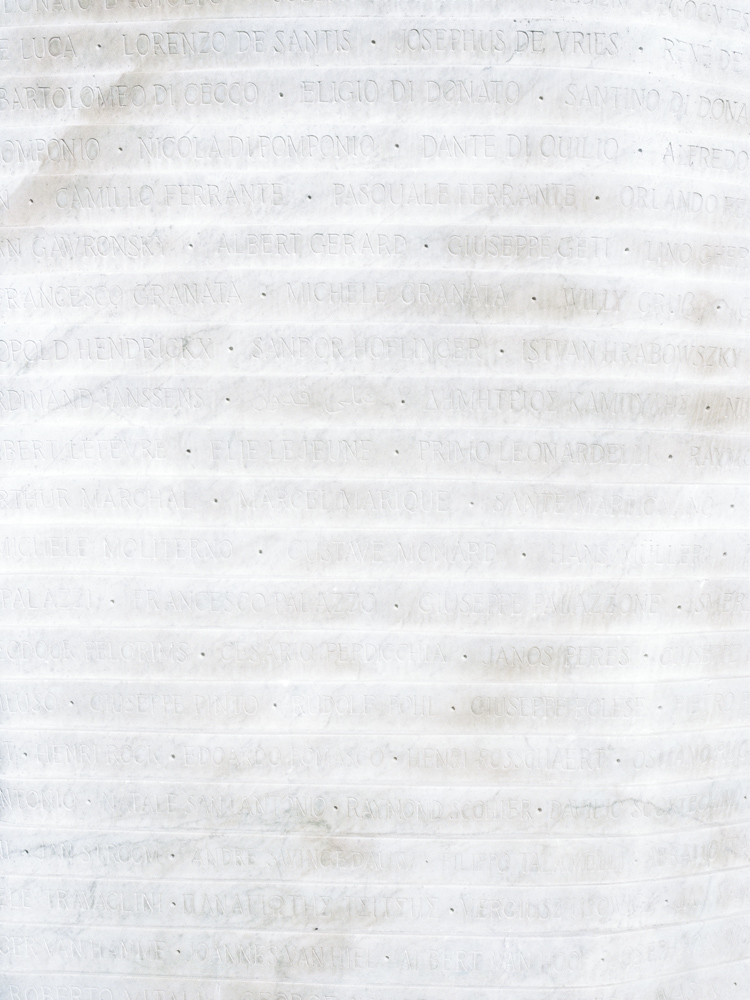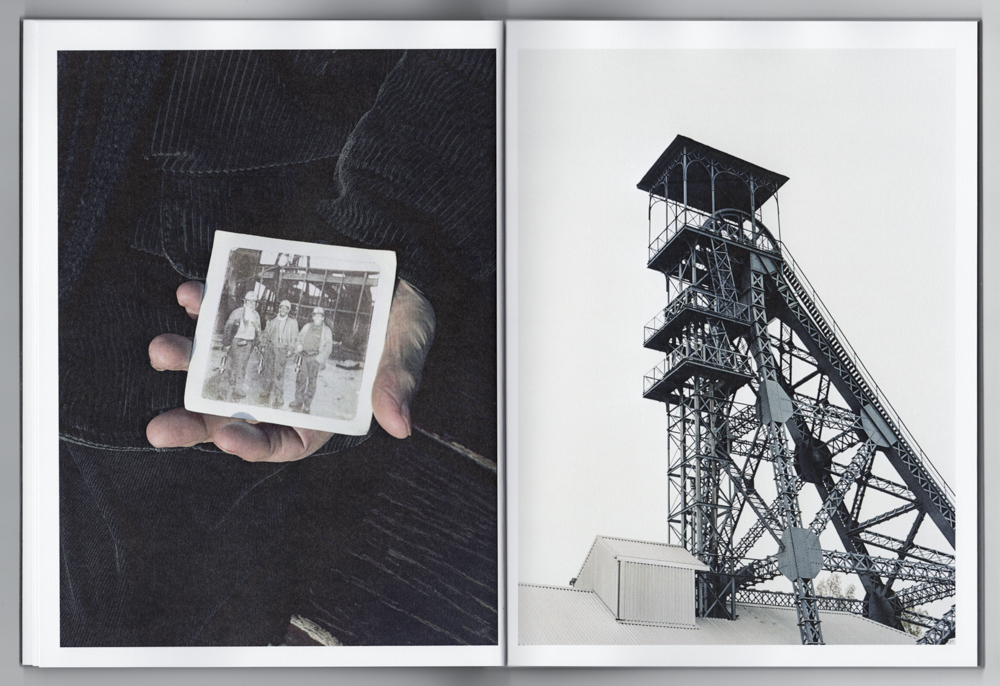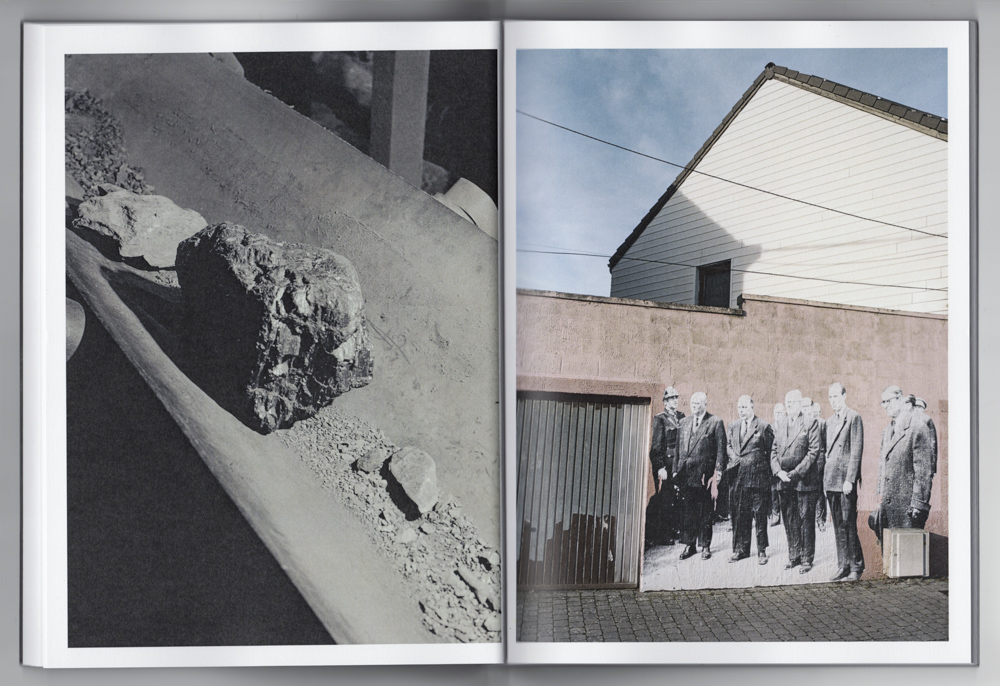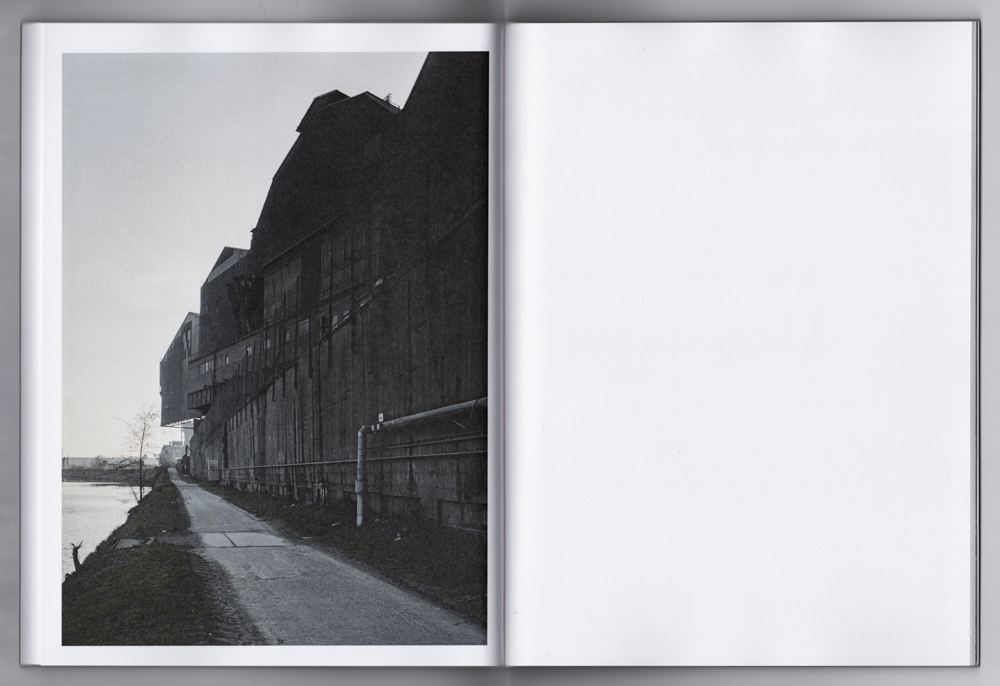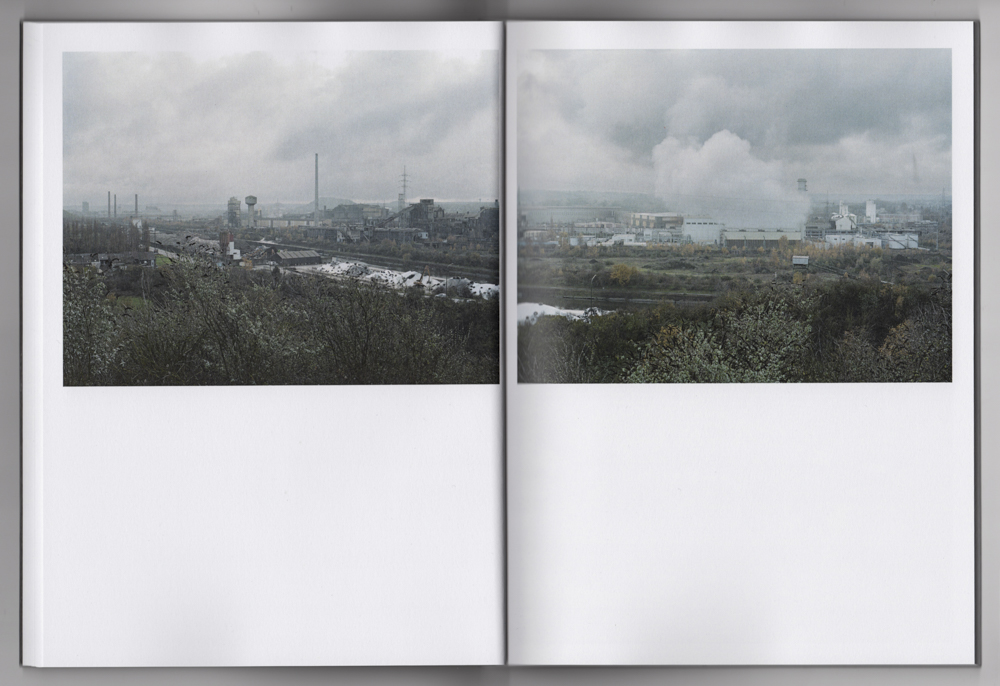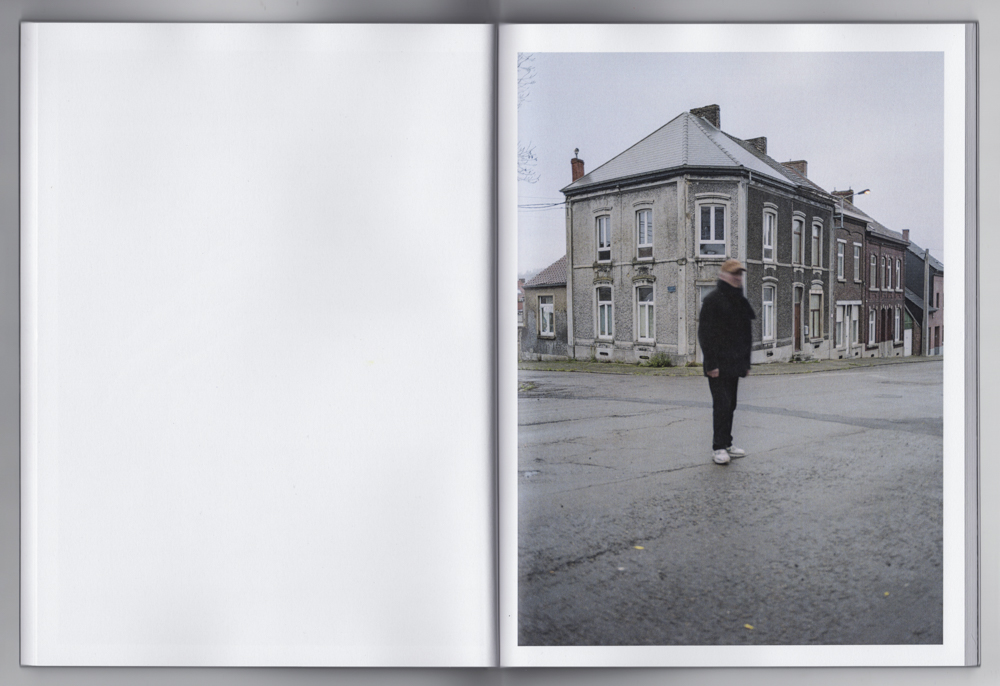Pays Noir
Barely a year after the end of the Second World War, a political agreement between Belgium and Italy brings more than 60,000 Italians to Belgian territory to work in the coal mines. “Italo-Belgian Protocol”, 1946: manpower for one nation, mining supplies for the other. Urbano Ciacci arrives in Belgium in 1954, begins to live in the town of Charleroi, south of Brussels. At the age of 21 he is one of the many Italian emigrants who work in the Bois du Cazier mine in Marcinelle. On July 28, 1956 Urbano returned to Italy for a short time. He wants to get married. He returns to his family and to his hometown, Cartoceto, in the Marche region, to celebrate a promise of love.
"[...] They are all dead. These three words stand out on the first page of the Charleroi newspapers that came out early in the morning in an extraordinary edition, listed in mourning. They are all dead. The three words that people repeat in the streets in consternation sounded like three funereal tolls on the last act of Marcinelle's tragedy, at dawn on the seventeenth day of its inception»
Corriere della Sera, 24 August 1956
So recited many newspapers the day after 8 August 1956, the day in which the Marcinelle mine becomes the scene of a disaster that causes the death of 262 people, including 136 Italian immigrants. So says that page of the Corriere della Sera that Urbano read through in Milan, on the carriage of the train returning to Belgium. Many of his companions died in the accident. Urbano today is the last, among the Italian miners of the Marcinelle mine, still alive.
